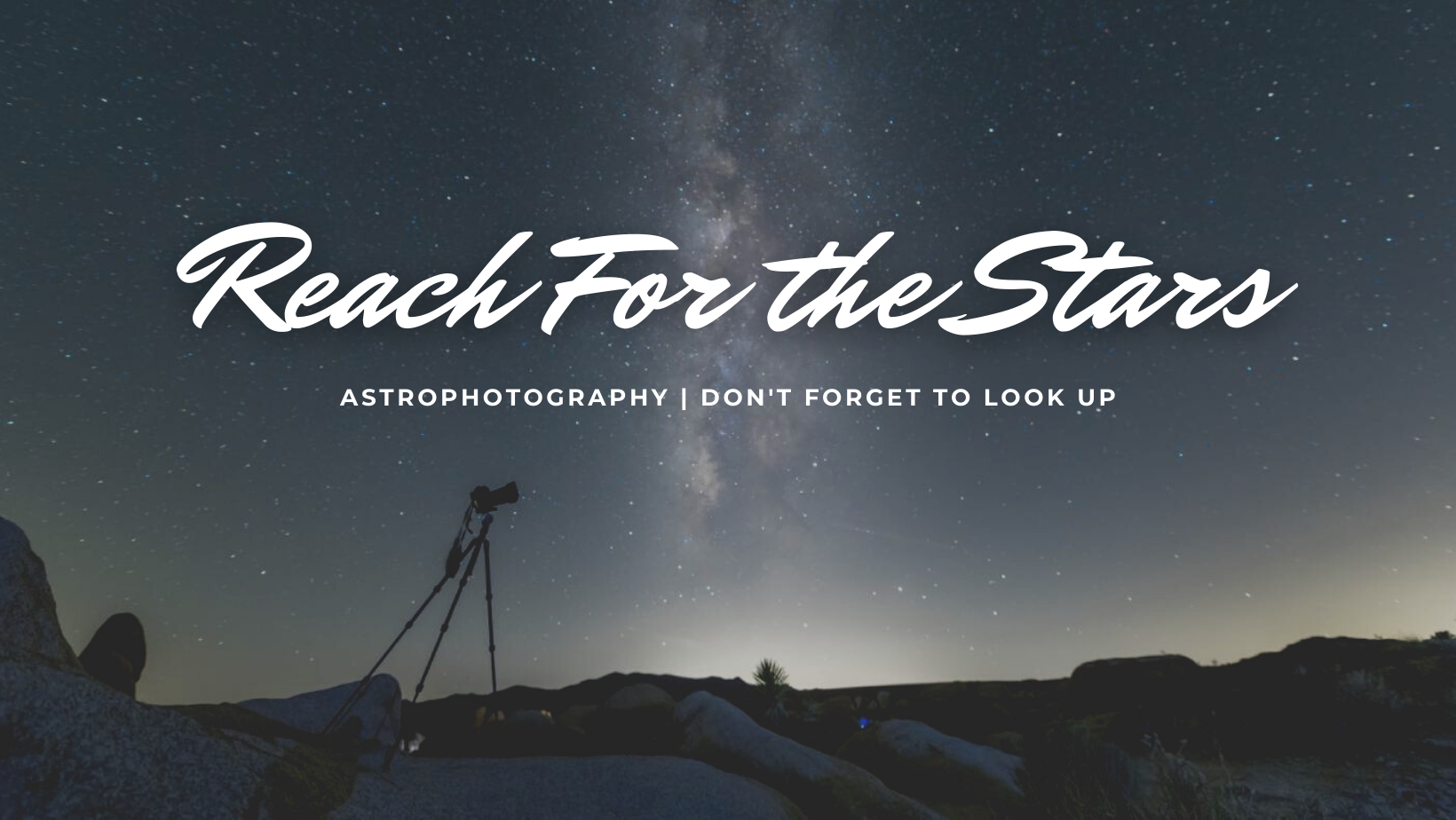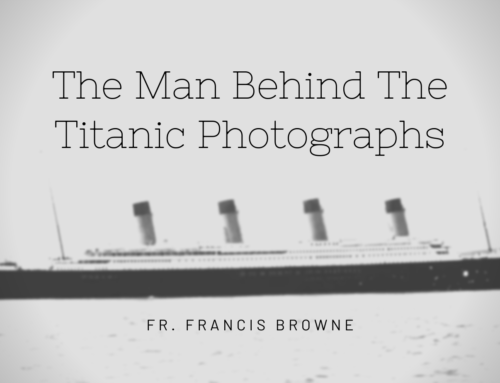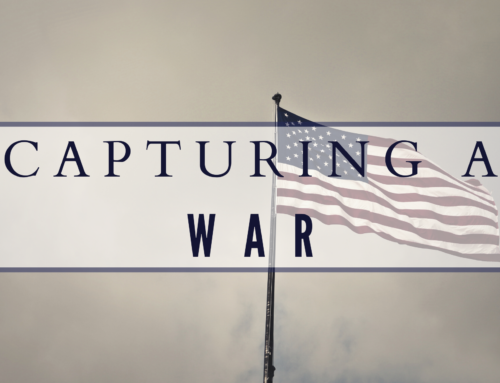When you look up towards the night sky, have you ever wondered what goes beyond the naked eye of what you can see? We see the moon quite clearly and depending on the lighting that surrounds you and weather conditions the stars would certainly bright. From depictions from our ancestors of ancient drawings to our very first photographic process called ‘Daguerreotype’, we are able to start the developments of Astrophotography in the mid-19th century to be able to see such beauty.

Early Sliding Box Daguerreotype Camera
The creator of this revolutionary capture device Louis Jacques Mandé Daguerre, had photographed the Moon in 1839. In his first attempt, the photograph came out as a mere fuzzy spot. The next successful attempt wasn’t until a year later March 23, 1840 by John William Draper, by using and taking a 20 minute long Daguerreotype image using a reflecting telescope which had consisted of curved mirrors to reflect light and form the image.
Astrophotography really didn’t take off until the late 19th century. John William Draper’s son, Henry Draper had captured the very first spectrogram (picture of sounds that shows frequencies) of a star which we call Vega in 1872. In 1876, Sir William Huggins and his wife Margaret used a dry plate process along with the reflecting telescope to see the Orion Nebula. Later in 1880, Henry Draper used a 51 minute exposure along with the dry plate process to capture the very first image of a Nebula ever made.

Henry w/ refractor-Orion’s Nebula
An amateur astronomer Andrew Ainslie Common, actually constructed his own set up of camera and telescope in his own backyard in Ealing just outside of London, and successfully photographed The Orion Nebula in 1883 using the dry plate process and up to 60 minute exposure. The long exposure was the first to show that stars and nebulae that are invisible to the naked eye could be in fact recorded.

Andrews 1883 Nebula
We have come a long way in trying to perfect the hardware and made huge advances in astronomical imaging in the late 20th Century and as a hobby, it could be rather difficult to photograph these images from home since most people do reside in urban areas. Avoiding light pollution is a start and some camera manufacturers have modified their cameras and you utilize them for astrophotography for yourself.
So, for your personal amateur experimentation and viewing pleasure, find a nice cozy spot in clear view of the night sky away from city lights and if you so choose to record your findings, grab a camera, tripod, telescope and/or even your phone! You might even want to bring a little snack for your mini adventure.




